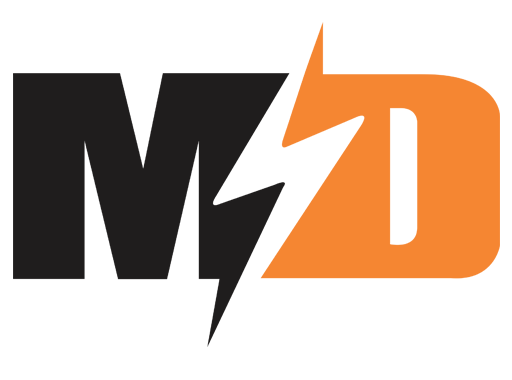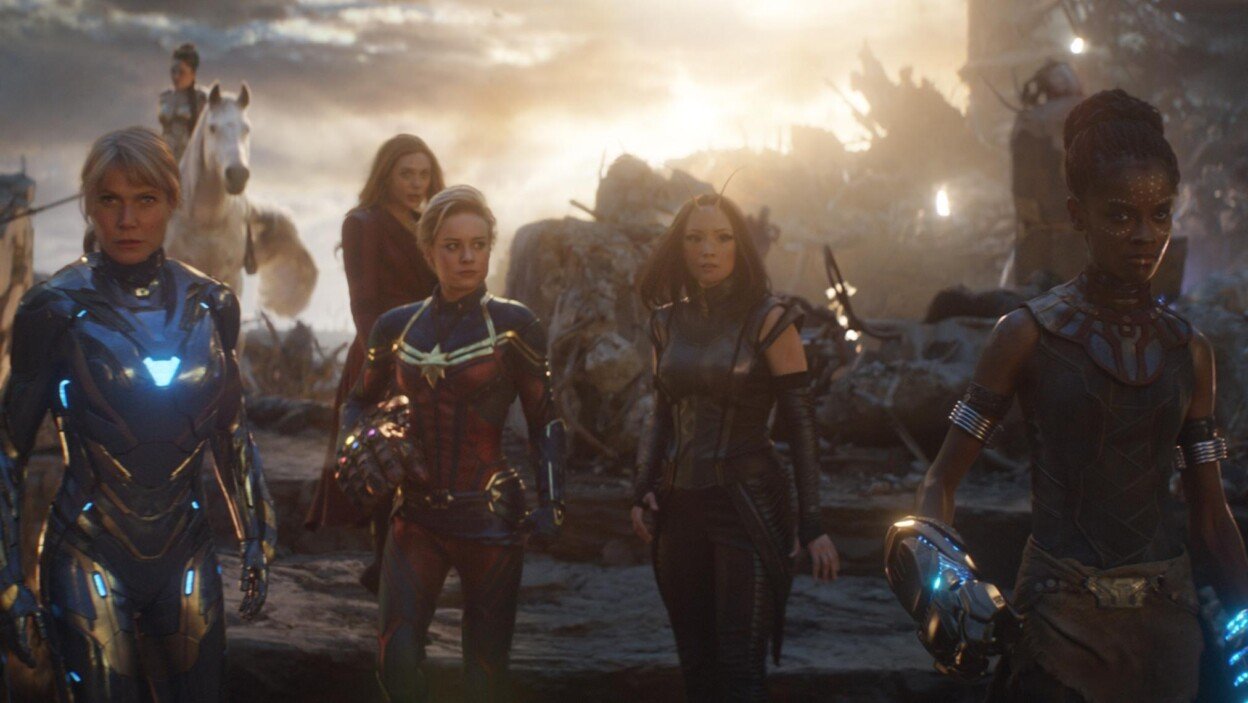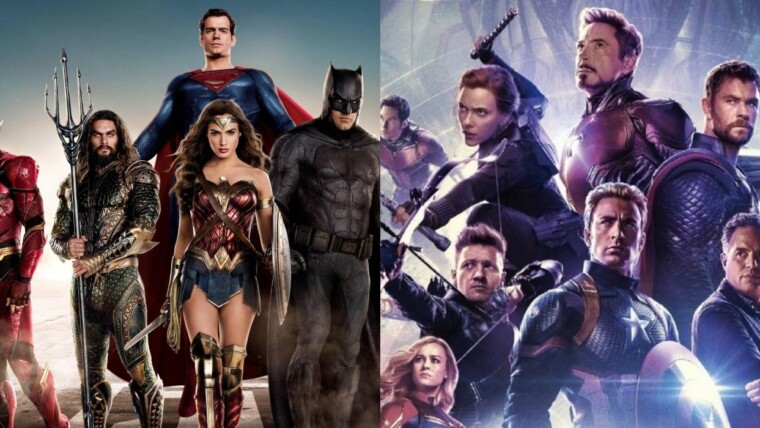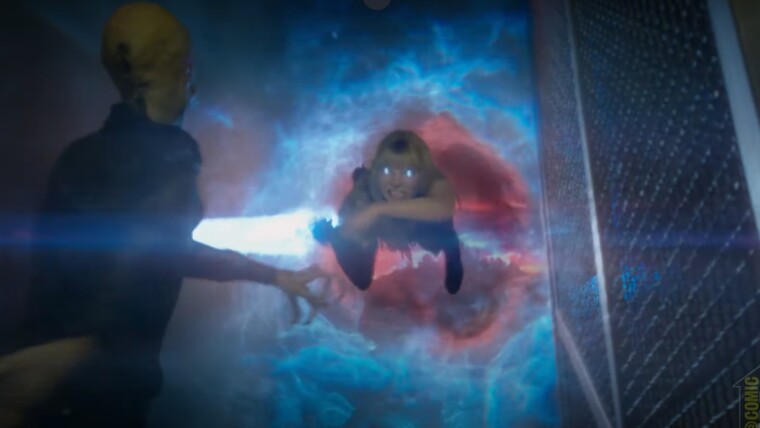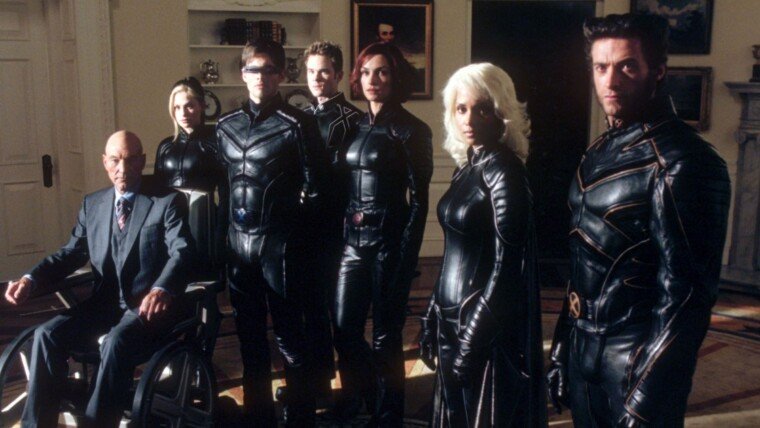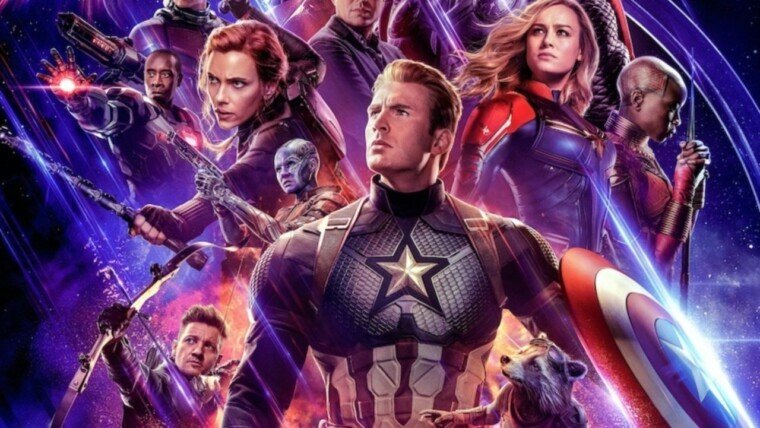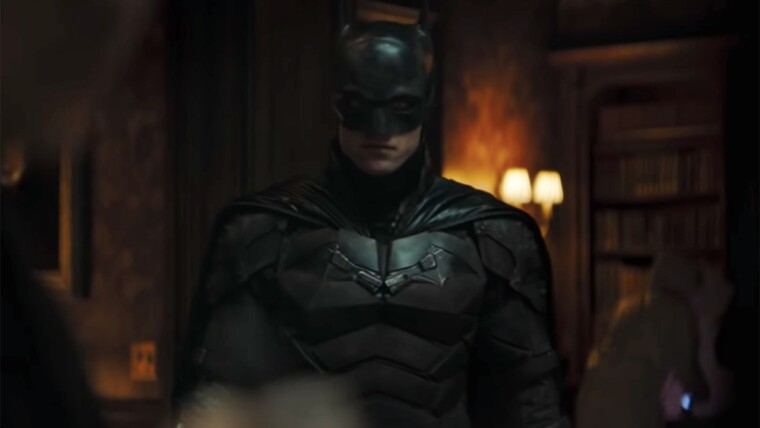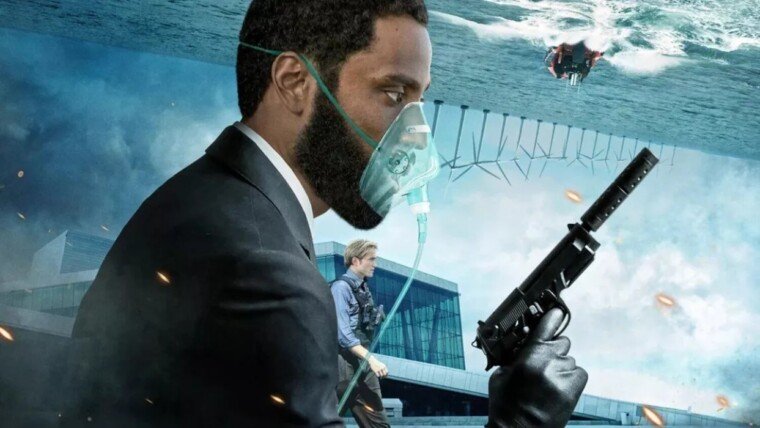Not too long ago, The Falcon and The Winter Soldier star, Anthony Mackie, made some sharp comments regarding the lack of diversity within the MCU. During a casual interview with Snowpiercer actor, Daveed Diggs, the conversation then shifted to the Black Lives Matter movement which had gained momentum in the States. When Mackie was asked what his contribution to the “moment” was, the actor replied:
“When The Falcon and The Winter Soldier comes out, I’m the lead. When Snowpiercer came out, [Diggs was] the lead. We have the power and the ability to ask those questions. It really bothered me that I’ve done seven Marvel movies where every producer, every director, every stunt person, every costume designer, every PA, every single person has been white… But then when you do Black Panther, you have a Black director, Black producer, a Black costume designer, a Black stunt choreographer. And I’m like, that’s more racist than anything else. Because if you only can hire the Black people for the Black movie, are you saying they’re not good enough when you have a mostly white cast?
https://variety.com/2020/film/news/anthony-mackie-marvel-diversity-falcon-winter-soldier-captain-america-1234692295/
What Mackie feels is valid. Strangely, it takes a movie with a populated Black cast to hire Black crew members. However, today, we’re not going to discuss hiring practices for members of the crew. Instead, we will be jumping into a parallel topic that deals with diversity but within the constraints of what we see on-screen.
So, the big question: is diversity destroying the legacy of the decade-long cinematic universe?
Diversity and Inclusion
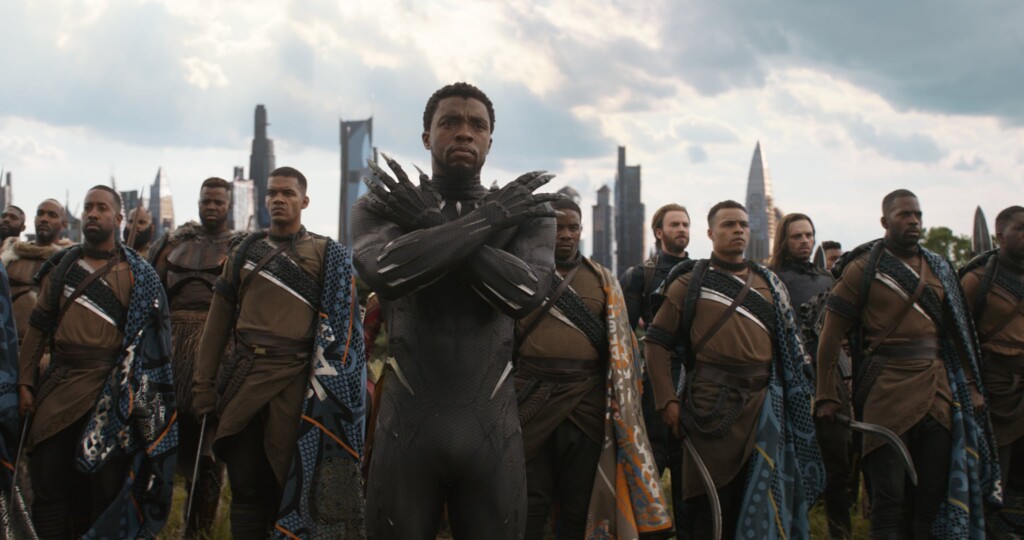
Before jumping into that, let’s define what the terms “diversity” and “inclusion” mean. DIversity is the comprehension that individuals are unique based on their characteristics. These aforementioned aspects may be relating to ethnicity, racial heritage, gender, cultural affiliations, social standings, or just having varying interests or experiences and the like. Therefore, if an institution has individuals of only one ethnicity but possessing different interests, it technically IS a diverse environment – nevertheless, to fit within the context of the latter part of this article, diversity will refer to gender, ethnicity, racial heritage, and social standings.
Similarly, “inclusion” relates to the practices and overall efforts of a particular organisation to accept and welcome individuals of various backgrounds to be equally treated and accepted. It is a sense of belonging instilled within the organisation, creating a respectful environment so that everyone can participate and therefore feel valued within the said institution.
Now, why are these values important?
Diversity and inclusion provide a platform for people of various backgrounds to mix and mingle with each other. The exposure to such would be beneficial as more cultures, ideas and perspectives will be brought to the forefront. In the process, it would destroy any underlying stereotypes or negations of someone’s background. This would, in turn, boost understanding among various cultures and backgrounds, along with ensuring that all who involved are appreciated, valued, and, respected.
Fase Número Uno Y Dos
The first two phases of the MCU were foetal stages. Feige the Science guy was busy in a lab, cooking up his concoction of chemicals to see which mixture fit and which ones did not. It was a time when Robert Downey Jr.’s Iron Man was a huge gamble, making Captain America and Thor believable on-screen was another hurdle. The specific goal at the time was to lay the groundwork for a huge superhero team-up moment, which was in itself another big gamble.
However, by the time the Avengers first assembled to battle the Chitauri, it was strange to see only one female kick ass alongside the five other heroes, and she was underequipped. Captain America had his mighty shield and buffed-up bod. Thor had “myeuh-muh” and his buffed-up bod. The Hulk had rage and a buffed-up bod. Tony had a whole arsenal of weapons and a buffed-up external bod. So, who are we left with? The marksman. And a S.H.I.E.L.D. agent who goes guns “pew-pew” blazin’ in battle.
Look, it’s not to say that Black Widow was not a valuable chess piece. She did play an important role in getting the Avengers assembled. She held her own during the Chitauri Invasion. But I’m just sayin’, there could have been more powered female heroes.
Phase 2, on the other hand, was still experimental. You’ve got a big team-up. Now, what? Just expand on the roster, you know. Bring in some extra dudes, a witch, a baby android, some extra-terrestrial beings, and boom. This was more of a War Machine tale.
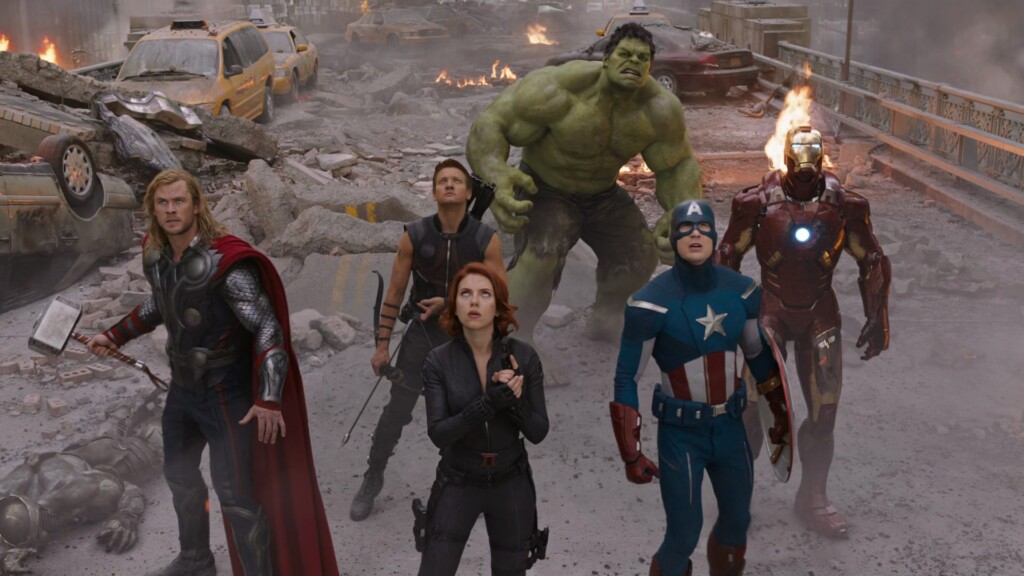
Fase Número Tres:
2016 marked a new era for the Marvel Cinematic Universe. Phase 3 had just kicked off with Captain America: Civil War. It was a significant shakeup in terms of the overall narrative whereby the band was broken up. Team Cap and Team Iron Man weren’t on talking terms at the time, and it wasn’t an ideal situation for our heroes considering the looming purple grimace of a threat.
However, one thing to note was that Civil War introduced both Peter Parker and T’Challa, characters that would go on to star in their films. These two heroes significantly contributed to the diverse synergy of the MCU. Of course, if we were to look at Black Panther as a stand-alone film, it doesn’t adhere to the definition of diversity. You’ve got an almost entirely Black cast with only two Caucasian men playing significant roles. Again, we’re gazing at the big picture.
Bringing Black Panther into the fold significantly increased representation of the Black community within the MCU. They weren’t just relegated to sidekick roles or background extras. It demolished the stereotype that people of Black heritage were poor, insignificant, and the outcast of society. Rather, it was empowering. This was a full-blown operation to say “Hey, we matter too”.
On the other hand, Spider-Man: Homecoming was the new/old kid on the block. It was a bold new adaptation of the character as a teenager, working his neurons out in high school, and having adolescent issues. One thing of note, nonetheless, was that his friends were all of various ethnicities. Peter’s best friend, Ned Leeds, was of Korean descent. Liz Allan (probably MJ too) was mixed. Flash Thompson was Hispanic. It showed a vastly different New York landscape than what was portrayed in erstwhile web-slinger outings.

Phase 3 has also seen an influx of notable female leads with characters such as Valkyrie, Mantis, Wasp, and Captain Marvel showing up at the charge. We’ve had a couple of them lead their projects and some of them steal the show.
Let’s take a look at the major players who first took on superhero mantles in Phase 3. I’ll be referring to those who popped up in the final charge against Thanos in Avengers: Endgame (not including the army of Wakandans, sorcerers, and Ravagers in the background because that would be wack). There are thirteen of those characters which include the likes of Stephen Strange, Carol Danvers, Korg, T’Challa, and Mantis. Now, if we were to start looking at the statistics, half of those are women, 21% are of African-American descent, (14% are aliens), and last but not least, Wong is Chinese. Of the fourteen, Doctor Strange and Spider-Man are the only new Phase 3 heroes who happen to be white and male. As such, it is evident that there is a sharp increase in characters of other backgrounds as opposed to the first two phases of the cinematic universe.
The Captain Marvel Plot
Brie Larson’s Captain Marvel was middling when it was released in 2018. The red-and-blue-clad space Avenger drew ire with a significant quantity of the whining stemming from Brie Larson’s interviews. The ensuing uproar cited that her anti-men stances were destroying the movie. As such, when the movie eventually released, there was the infamous review bombing on Rotten Tomatoes.

Yes, I agree Captain Marvel isn’t a marvel by the studio’s standards. It is, indeed, one of the more forgettable Marvel films. Nevertheless, to say that the sins of the film stemmed from the actress’ “feminism” would be misguided. The film did not, in any way, decrease the value of men.
It was the plot and overall execution of the themes which were not stellar. Brie Larson’s take on the female superhero felt uninspired. Her character arc fell flat and while Carol was flawed, there wasn’t much hindrance in her getting what she wanted (thus sparking a debate as to whether she’s a Mary Sue or not).
Gender and Race Swapping
I guess this is the epitome of controversy. Now, gender-switching and race swapping are not new agents in film adaptations. We’ve seen countless instances where certain film characters are given the manoeuvre. His Girl Friday. Helen Mirren’s The Tempest. Kingpin in Daredevil (2003). It’s a particularly tricky situation where the filmmakers cast actors of a different ethnicity for the character than what was drawn out in the source material. And this may give rise to sentiments stating that it isn’t honouring what was originally conceived and is held dearly to the hearts of fans.
For a time, public outcries were made concerning “white-washing” or rather, the casting of Caucasian actors to play characters who were of Asian, African-American, Hispanic descent; it’s a long list, one that dates back to the beginnings of cinema. The MCU itself has also had a brushing scuffle particularly about Benedict Cumberbatch’s Doctor Strange film whereby the Tilda Swinton’s hiring as the Ancient One made absolutely no sense. Thankfully, that was explained away in the film and Swinton’s gravitational pull more than made up for whatever hullaballoo netizens might have caused. However, it was a decision made to avert any racist connotations that the original role might have implied.

So, if we’re on a witch hunt to eliminate Caucasian actors from getting gigs which were “meant” for other races, shouldn’t the reciprocal circumstance apply? Shouldn’t Samuel L. Jackson be double dared to apologize for playing Nick Fury, who in the 616-continuity is a White man?
It’s still complex due to the growing need for inclusion and representation. A global hit, the MCU is, whereby people from every walk of life watch these films and are entertained by them. The reach of the MCU is not just limited to the North of the Americas.
My take on this is that the desire for respect and belonging supersedes that of someone who just wants a true blue word-for-word adaptation of the source material. Nevertheless, caution has to given to not alienate those who have supported these properties from the beginning. It is a fine balancing act that has to be done to respect the legacy of the character regardless of the actor who is hired for the part.
Phase 4:
Fase numero cuatro.
One particular sentiment which many netizens seem to echo is that Avengers: Endgame was the end of the MCU. I do agree. Gone are the power of the Infinity Stones. Gone is the Thanos threat. I mean, it was the be-all-and-end-all. About twenty films spread across eleven years led right to that moment. To Thanos. And to a glorious triumph of the “Avengers Assemble” moment. It was the end of an era led by the original six, and if we’re to be more specific, of RDJ’s Iron Man.
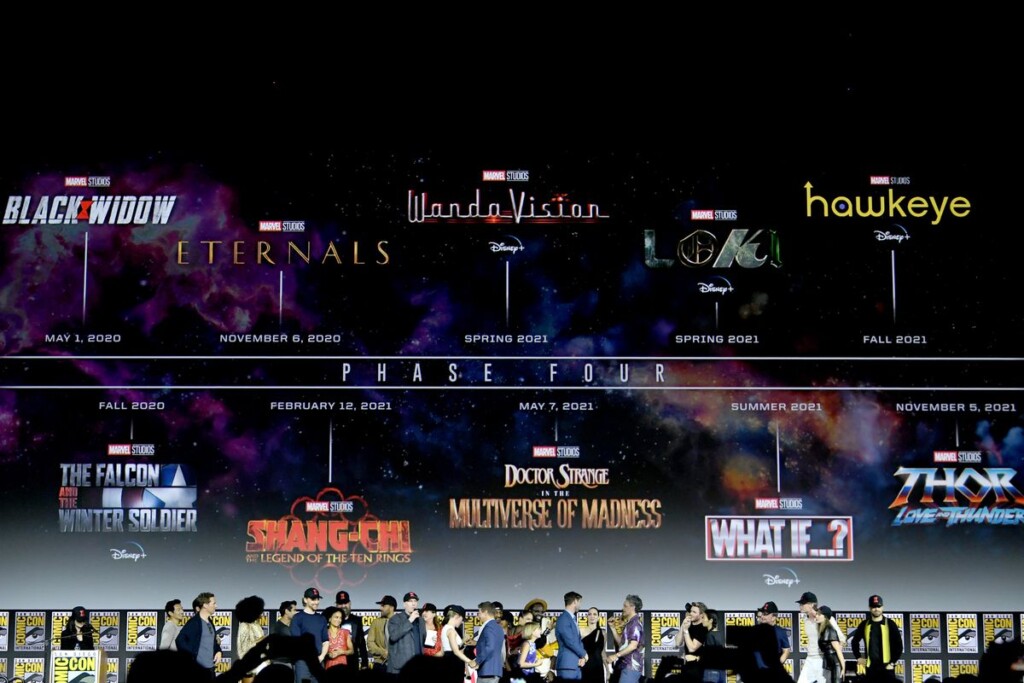
However, to say that Marvel Studios is a dud right now due to their upcoming slate of films might appear to be a lil’ bit shortsighted. There is no evidence that the MCU cannot thrive without the multi-coloured Infinity MacGuffins. Granted, the star power of a character like Iron Man may not have a similar on-screen presence anymore – RDJ was indeed a big draw when watching the Avengers films. It will be different, but the clean slate means that Marvel can start from the ground-up yet again.
As the universe expands to include a whole bunch of new names into the pantheon, the company’s strive for a diverse platform is about to come to fruition. Shang-Chi, The Eternals, Ms Marvel, Moon Knight, etc. On a surface level, this may seem like a blatant cash-grab, especially when you look at a film like Shang-Chi and The Legend of The Ten Rings and Black Panther. It may seem like an attempt to entice individuals of a certain ethnicity to flock the theatre. And yeah, I won’t deny that this could very well be the case.
Nonetheless, when taking into account that the first Black Panther was not only a hit among the Black community but also with other people around the world, this would negate the previous notion. The MCU’s diversity within its films has not been an issue as there has been utter care and respect of these cultures thus far.
In the end, I do not think that Marvel will effectively perform seppuku by introducing a horde of new characters other than the typical white male model. And to be clear, there is no sin in being white or male as a lot of new-age, emotionally charged keyboard warriors tend to be against. Nevertheless, with the films being a global phenomenon, it is indeed great that the studio is making efforts to include everyone as an integral component of the house party because the world is bigger than just one country in North America.
As long as the films continue to inspire us, the audience, to see that people from every walk of life can become a hero, I think that in itself would be constructive. Marvel can continue to do what it does best with its characters, to build them up with compelling narratives, and ensuring that the dream of bringing beloved comic book properties alive and respecting the legacy is at the forefront. As long as the MCU does not go out of their way to demean a particular community or non-destructive culture, what wrongs have the studio wrought?
